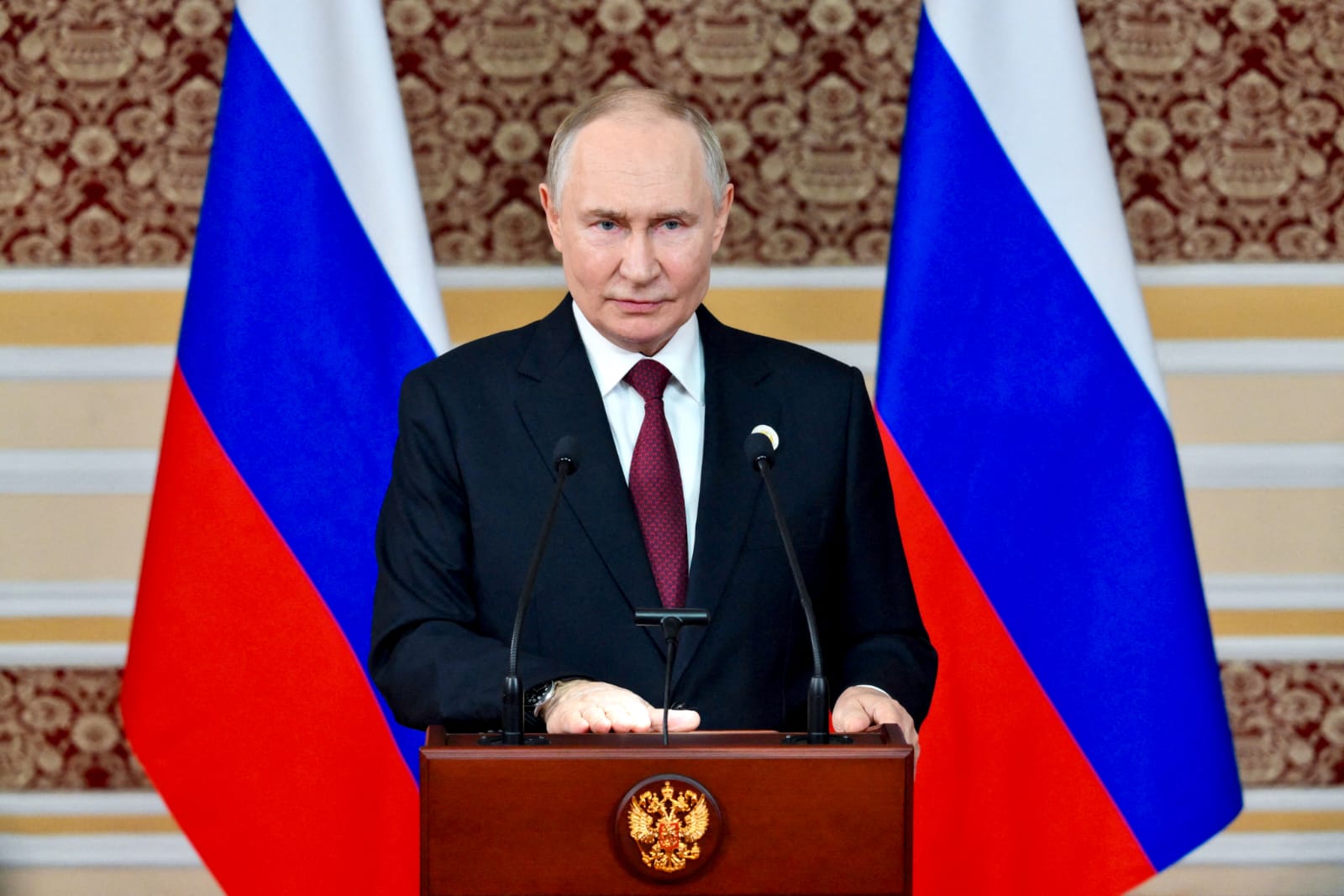
China’s exports plunged 6.8% in October, shattering growth expectations as an escalating U.S. tariff war severely impacted global trade flows and manufacturing output. The sharp decline deepens concerns over global economic stability, amplifying pressure on Beijing to stabilize its slowing economy and forcing multinational corporations to accelerate supply chain diversification strategies.
China’s General Administration of Customs reported November 7 that exports plummeted an unexpected 6.8% year-on-year in October to $295.4 billion, marking the largest contraction in three years. Key categories, including electronics components and industrial machinery, were significantly impacted. The official Manufacturing Purchasing Managers’ Index (PMI) also fell to 49.3 from 50.1, signaling deeper factory activity contraction. “This drop clearly signals the profound impact of the tariff dispute on China’s export engine and global trade resilience,” said Alicia Chen, Chief Asia Economist, DBS Bank.
The slump follows the United States’ phased 25% tariffs on an additional $300 billion worth of Chinese goods, from electronics to industrial machinery, fully taking effect in late September. Washington asserts these duties counteract Beijing’s long-standing unfair trade practices, including intellectual property theft, forced technology transfers, and state subsidies. “These tariffs are precisely calibrated to address long-standing unfair trade practices,” stated Katherine Tai, U.S. Trade Representative, on November 10.
The export shock prompted Goldman Sachs economists to cut China’s Q4 GDP growth forecast from 4.8% to 3.5%. Markets reacted sharply: the Shanghai Composite Index dropped 1.5% to 2,987.42 on October 28, and major Chinese tech stocks fell 2.1%. The yuan weakened to 7.35 per U.S. dollar, its lowest in three months. China’s 10-year government bond yields rose 5 basis points. Seasoned investors recognize such volatility as a direct consequence of escalating geopolitical trade tensions.
The pattern echoes historical trade frictions, like the 1980s U.S.-Japan semiconductor dispute, which forced industrial restructuring and shifted manufacturing hubs. Beyond economic figures, this tariff war carries significant geopolitical implications: eroding trust between the world’s two largest economies, straining diplomatic relations, and fostering uncertainty for international cooperation on issues from climate change to regional security.
Beijing consistently denounces U.S. tariffs as protectionist and counterproductive, vowing to safeguard its national interests. “Such unilateral actions are detrimental to global economic recovery, harming all parties and creating instability,” said China’s Commerce Minister Wang Wentao on November 12. China has also implemented retaliatory tariffs on approximately $110 billion worth of U.S. agricultural products, automobiles, and energy goods, further complicating bilateral trade.
Export-reliant sectors, including electronics, textiles, and heavy machinery, have borne the brunt, leading to job losses in coastal manufacturing hubs. Major global brands like Apple Inc. and Nike Inc. accelerated their “China Plus One” strategy, shifting manufacturing to Southeast Asian nations such as Vietnam and India. This diversifies supply chains, effectively mitigating escalating tariff and geopolitical risks.
Domestically, Beijing prioritizes internal demand to cushion the export blow, rolling out initiatives to boost consumer spending via durable goods subsidies and increased infrastructure investment in urban development and renewable energy. The People’s Bank of China has indicated a readiness to deploy further monetary easing, like additional reserve requirement ratio cuts, if economic pressures intensify, following a 10-basis point cut to the loan prime rate in September.
Ripple effects extend globally; nations intricately integrated into the U.S.-China supply chain face severe disruptions and reduced demand for intermediate goods. Export-oriented economies in East Asia, like South Korea and Taiwan, particularly grapple with declining orders for high-tech components and semiconductors typically routed through China for final assembly and export to the U.S. market, impacting their manufacturing.
As the world’s two largest economies remain entrenched in this complex trade conflict, a swift resolution appears increasingly distant, portending continued headwinds for global trade and investment. Those who’ve tracked markets through multiple cycles suggest this environment could redefine international commerce, accelerating a shift towards regional trading blocs, potentially fragmenting global supply chains for decades, and reshaping global trade governance.







